On June 17, 1948 United Airlines Flight 624 crashed just north of Centralia Pennsylvania in Conyngham Township near the town of Aristes. Sadly, there were no survivors. The 4 crew members and 39 passengers were all killed.
The plane was a Douglas DC-6 airliner. This type of aircraft had four engines and was propeller driven. The flight began in San Diego and was en route to New York City. Along the way it had stopped in Los Angeles and Chicago.
The trouble began as the plane began its initial descent just west of Centralia PA. This was in preparation for arrival in New York City. During this time, a warning light illuminated indicating that the forward cargo hold was on fire. Believing there was a fire, the crew discharged carbon dioxide into the cargo hold to suppress it.
Per operating procedure, the crew should have opened the pressure release valves on the cabin to vent excess carbon dioxide gas away from people. However, it is believed that this step was not taken.
As a result, carbon dioxide gas began seeping into the cabin and cockpit. This caused the crew to become partially incapacitated. Realizing something was wrong, they began an emergency descent.
As the aircraft dropped in altitude, it accidentally came in contact with a high voltage power line. The aircraft burst into flames and crashed into the wooded hills to the north of Centralia Pennsylvania. Without a doubt, the residents of the town would have been able to see the wreckage burning.
Notable passengers on the flight included Earl Carroll, a producer of Broadway musicals, actress Beryl Wallace, and Henry Jackson, the co-founder of Esquire Magazine.
The crash of Flight 624 is an important, and many times forgotten, historical event that impacted Centralia PA and the surrounding communities over a decade before the mine fire began.
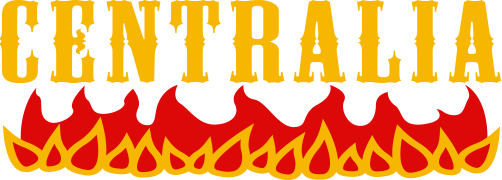
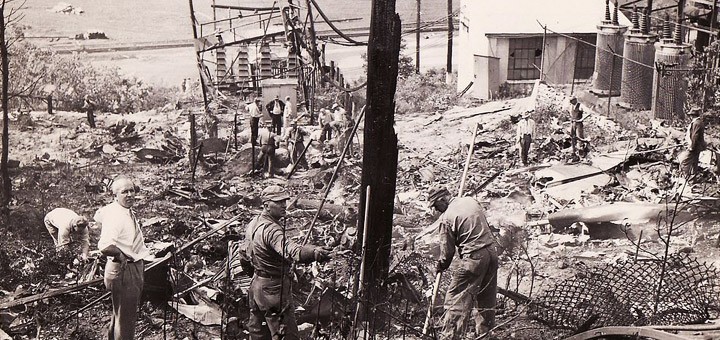
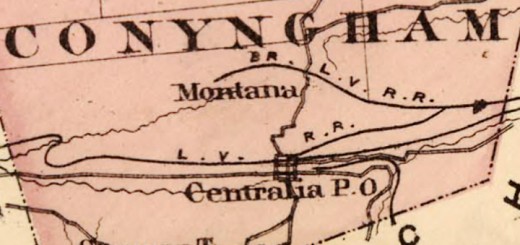
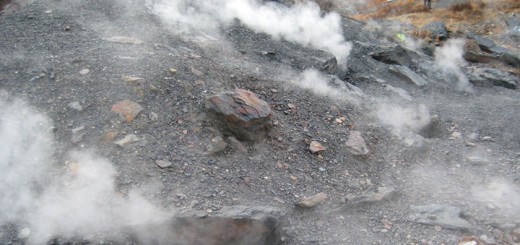
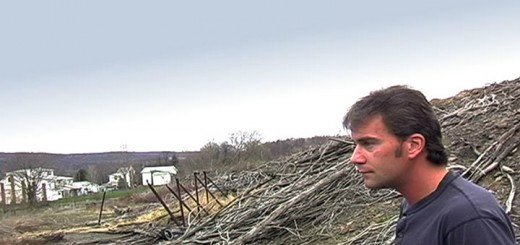
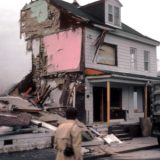




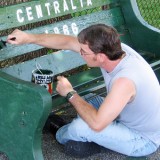
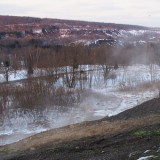
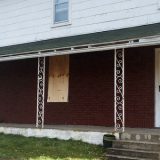
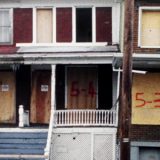

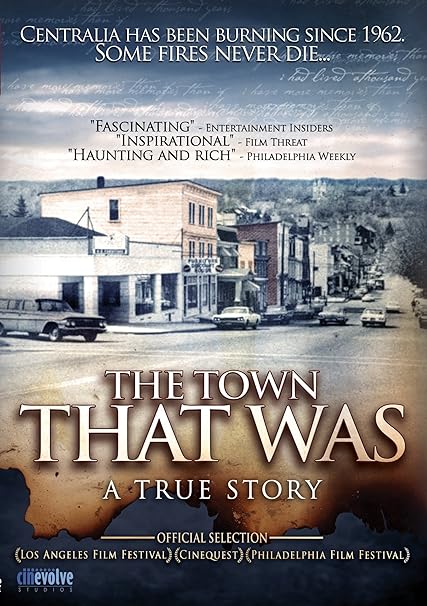


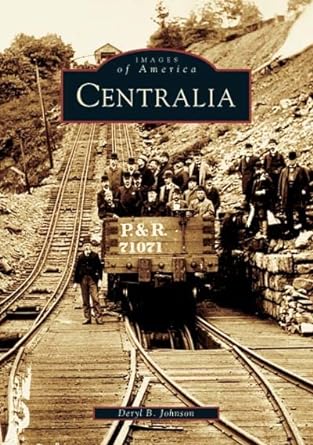
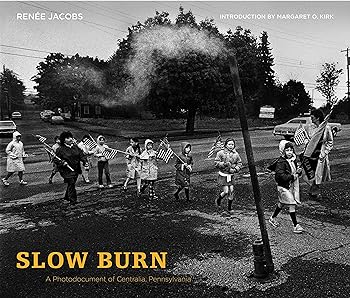
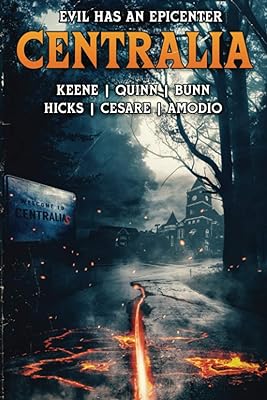

This could not have been a DC-9. The Douglas DC-9 is a twin engine jet. This was probably a Douglas DC-6, which was a 4 radial engine propeller driven aircraft.
It was a D.C. 6 as the news artical revealed.
It was a DC 6B
The DC 6B didn’t fly until 1950, and didn’t have three tail fins as this crash site did. They were the largest piece of intact wreckage at the site. The body, wings and engines were in pieces as were the passengers. This had to be one of the Lockheed Constellation series although initially we didn’t see anything large enough to determine the plane; and the military used the word constellation in their discussions. Once enough military arrived, civilians were asked to leave due the the fuel danger.